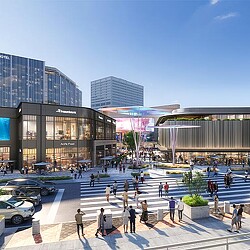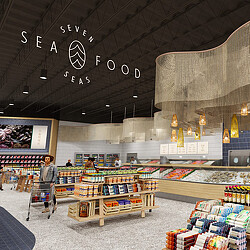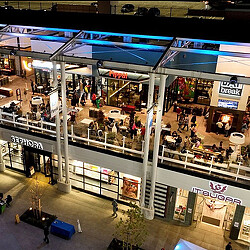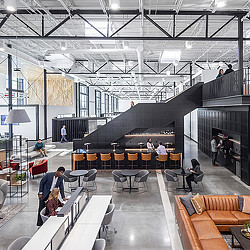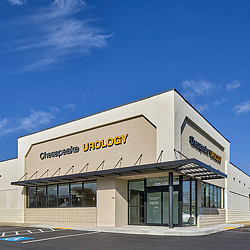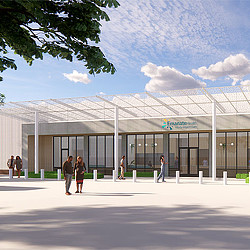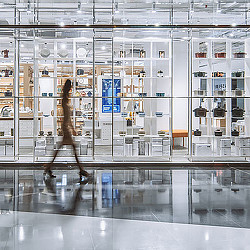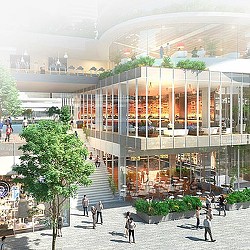5 ‘Out of the Box’ Strategies for the Retail Real Estate Market
As big box retail closures mount, here’s a look at five unique uses to repurpose large, vacant spaces in a changing landscape.
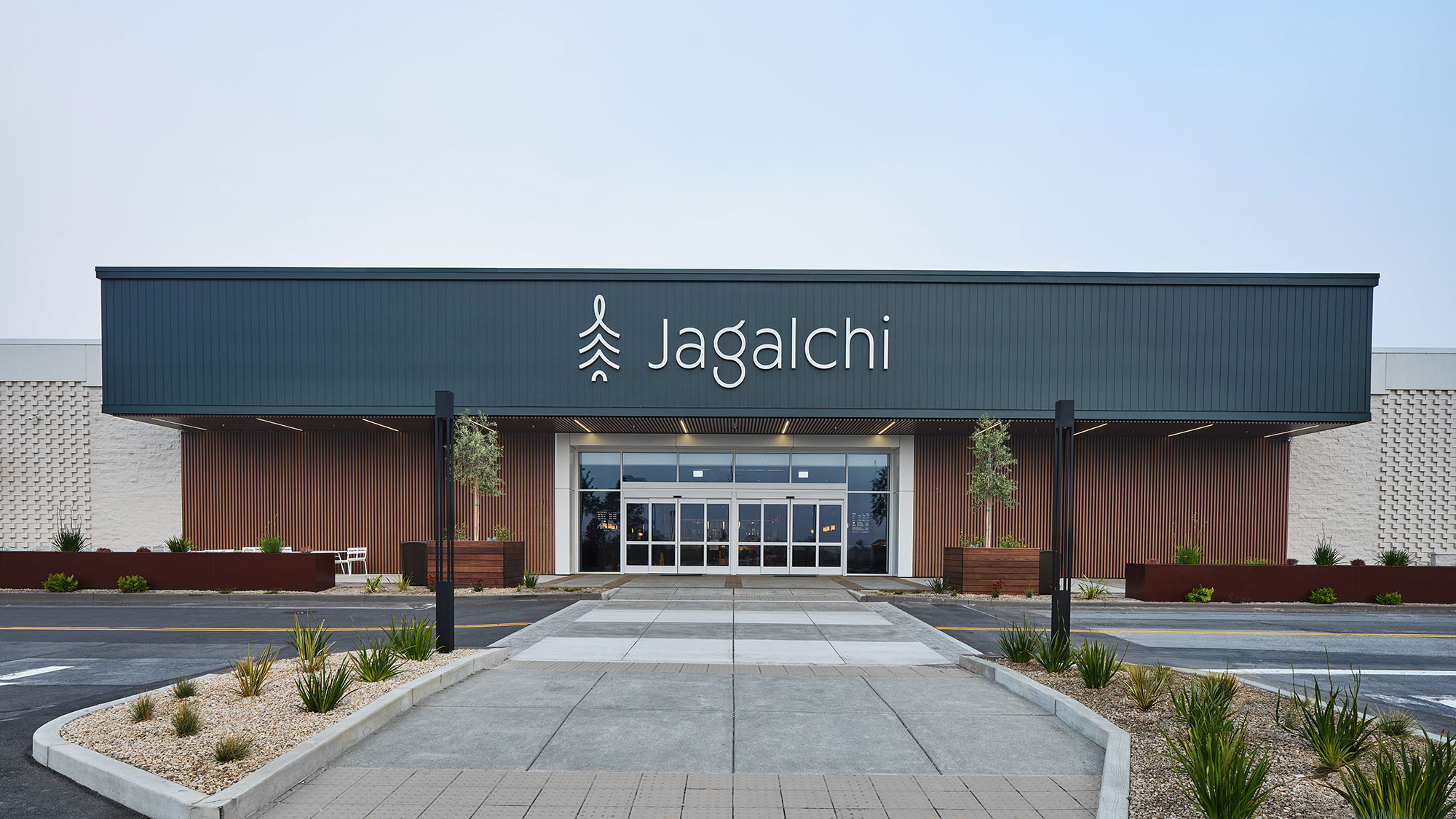
In the five years since the pandemic, retail is showing signs of recovery; however, segments like big box brands continue to face significant challenges.
Although a few chains like Dollar Tree and Barnes & Noble have expanded recently, the large-scale expansion of chains like Family Dollar, Big Lots, Rite Aid, and Party City appears to have run its course. Operational issues and increasing costs are curbing growth, and factors like overexpansion, limited customer service, organized crime, labor costs, and increasing competition are greatly impacting business viability.
Many of these companies “select real estate that holds its value over time,” according to KWP Assistant Vice President Franc Magaña, meaning any respective bankruptcies are not an indicator of the quality of their properties. With new retail development dwindling — and JLL estimating that closures should free up 140 million square feet of space this year — these vacant assets with large floor plates and high ceilings are blank canvases with incredible potential for new life.
As consumer behaviors continue to evolve, here are five trending uses to keep an eye on to repurpose large, vacant big-box retail spaces:
1. Create immersive, specialty food experiences.
International, specialty food venues are skyrocketing in popularity, not only for their unique offerings but also for the singular experiences they provide. For example, Jagalchi in Daly City, California, is a transformation of Serramonte Center’s former anchor, JCPenney, introducing a concept that educates and immerses consumers in Korean culture.
The 75,000-square-foot food complex introduces specialties such as vegan Temple food and rice flour treats, while Korea’s first Michelin-starred chef Tony Yoo serves up authentic cuisine in an open-style kitchen. Jagalchi has become a Bay Area sensation, still drawing large crowds and long lines months after opening.
The owner, Mega Mart, was able to leave the building’s existing shell largely intact, instead investing in the substantial mechanical, electrical, refrigeration, and plumbing upgrades required to bring the project to fruition.
Not only does Jagalchi reinvigorate the mall, but it also creates tremendous community impact, bringing 200 jobs to Daly City. The project serves as a reminder that the novelty of international offerings effectively draws market attention and satisfies a growing desire for experience-driven destinations, while highlighting their potential to bring widespread benefits beyond their four walls.
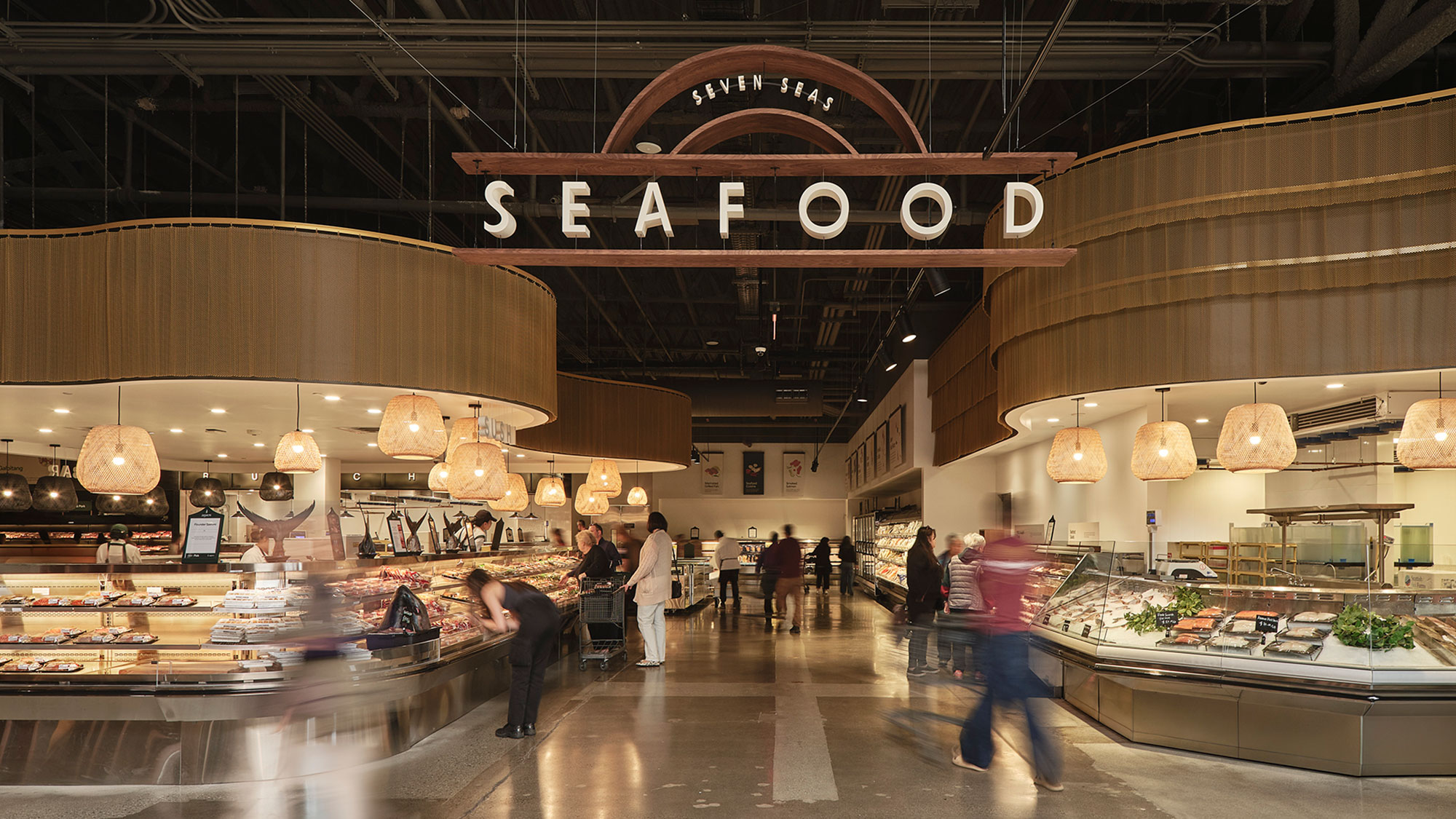
2. Transform big-box spaces into education hubs.
As educational institutions face significant financial headwinds and broader changes across the sector, from a changing workforce to the rise of alternative educational pathways, they are rethinking their offerings, as well as the spaces they occupy.
In Phoenix, the Innovation 27 facility, in partnership with the city, represents a transformative investment in the local workforce and community. Formerly a Kmart, this 128,000-square-foot project on an 8-acre site will be home to three government education partners, along with a workforce training center for the City of Phoenix. Serving the immediate area and community at large, the diverse facility is targeted to users of all ages, including classrooms, gardens, and open spaces that are designed to bolster innovation and support re-skilling and upskilling of the community.
As vacancies create a lack of vibrancy in cities across the U.S., conversions into uses such as education hubs can help bring people together to ignite new ideas, socialize, and increase accessibility to resources.
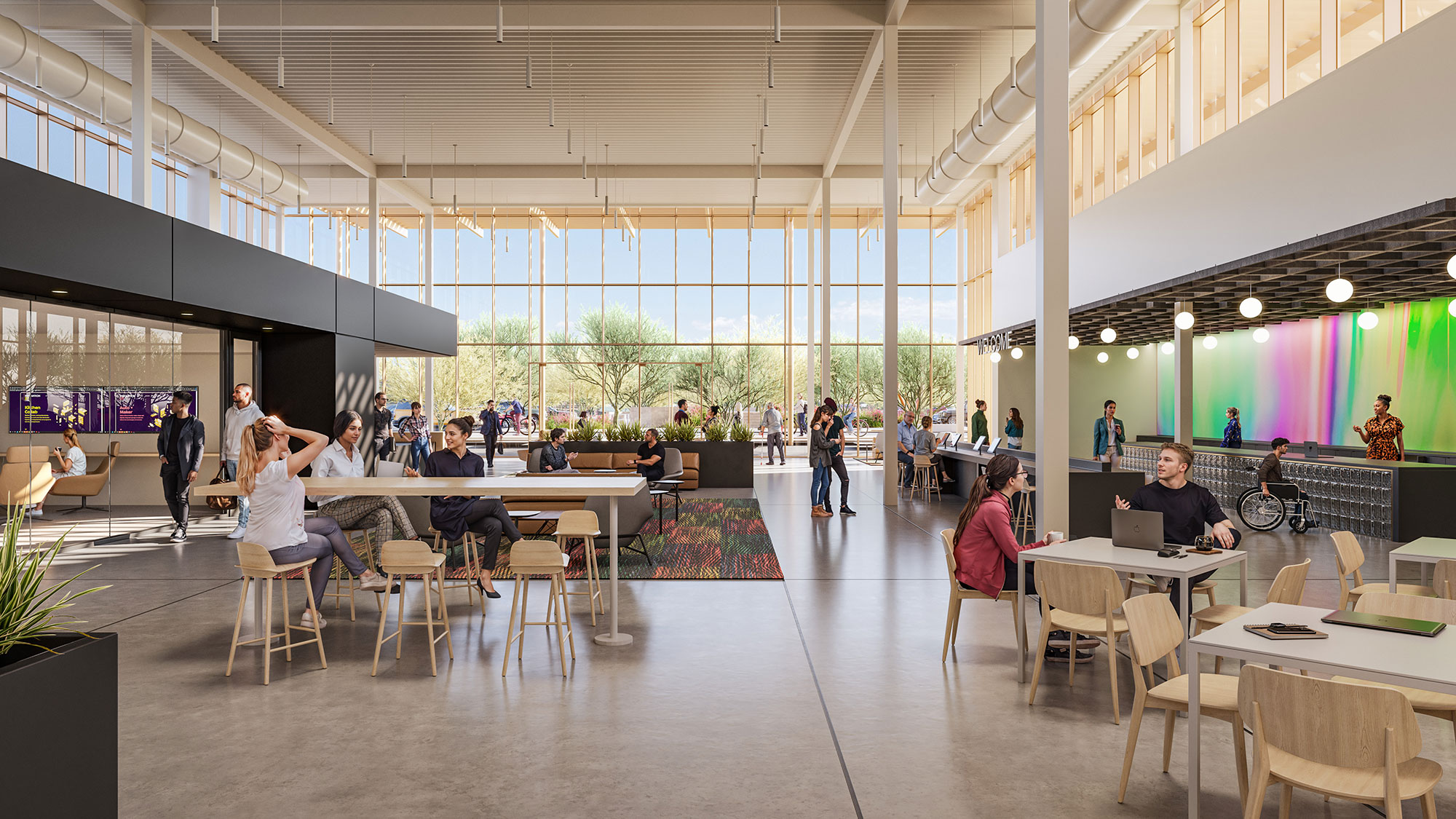
3. Reimagine malls as entertainment-driven destinations.
As trends in consumer spending shift from goods to in-person, entertainment-centered experiences, malls must evolve to not only draw more foot traffic but also to remain relevant for younger populations.
At Stonestown Galleria in San Francisco, Round 1, a Japanese-based arcade company, set up shop last November in the 50,000-square-foot basement of the mall’s former Nordstrom. With wall-to-wall games, from billiards to claw machines to bowling, Round 1 is contributing to the resounding success of Stonestown as a multidimensional destination.
In Florida, former Sears properties that have sat vacant for six years following its bankruptcy are being reimagined into massive entertainment parks called “Elev8 Fun.” While not a small undertaking, owners and operators need to pursue compelling ideas with unique value propositions like these that can’t be duplicated online.
4. Convert retail spaces into high-performing workplaces.
Office-to-residential is arguably the most well-known use case for adaptive reuse, but another retail-to-office is another compelling use. While not entirely unexpected, this type of conversion is surprisingly effective. Take Loffler Companies, for example, which now occupies a reimagined former Sam’s Club in St. Louis Park, Minnesota.
The large volume space allowed our designers to use bold moves in its transformation, such as wood-clad diagonal stairs, catwalks, and floor-to-ceiling stadium seating for all-staff gatherings. Cleverly distributed amenities emulate the feel of an internal campus, complete with offerings like a work café, bar, workout rooms, and a golf simulator.
There are several considerations, from mechanical systems to lighting, that need to be addressed to maximize vacant big box stores for employee well-being and engagement. If done right, these shells can be transformed into high-performing, authentic workplaces.
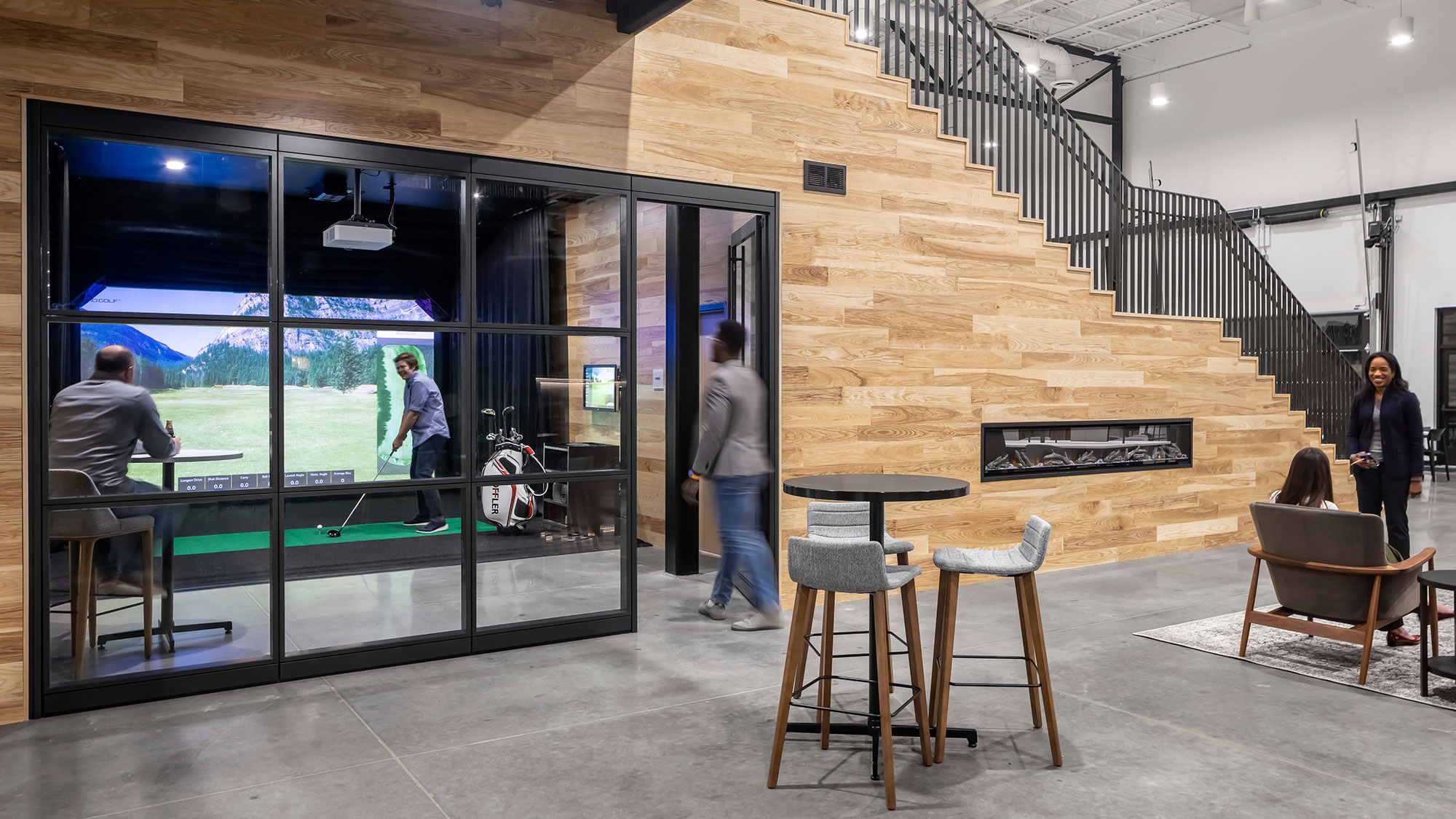
5. Reenvision vacant properties as sports facilities.
The pickleball craze continues in the U.S., with a growing fan base creating more demand and a special niche in the commercial real estate market. Conversions of former vacant big box spaces like Bed Bath & Beyond into sports centers for pickleball operators began in 2023 and remain popular. The size of a typical store is 20,000 to 25,000 square feet, making it an optimal space for several courts, as evidenced by conversions around the country in places like Milwaukee suburb Menomonee, where Picklr is expanding this spring.
Another growing segment in retail conversions is indoor trampoline parks such as Sky Zone. As it establishes a national presence, the franchise is exploring vacant anchor tenants that suit its large footprint and model. At Portland’s Clackamas Town Center, Sky Zone set up shop in a former Nordstrom, and in San Jose, California, it operates in a redesigned former Target at Westgate Center.
The Ongoing Case for Big Box Conversions
While retail has increasingly moved online and malls take new forms, a shift back to brick-and-mortar is progressing. As Gen Z shows an increasing preference for in-person shopping and experiences, there are more incentives for landlords to consider alternate uses for empty properties and make the necessary investments to attract tenants. With the next generation of spenders looking for unique, social media-worthy experiences, vacant anchor stores are full of possibilities.
For media inquiries, email .


